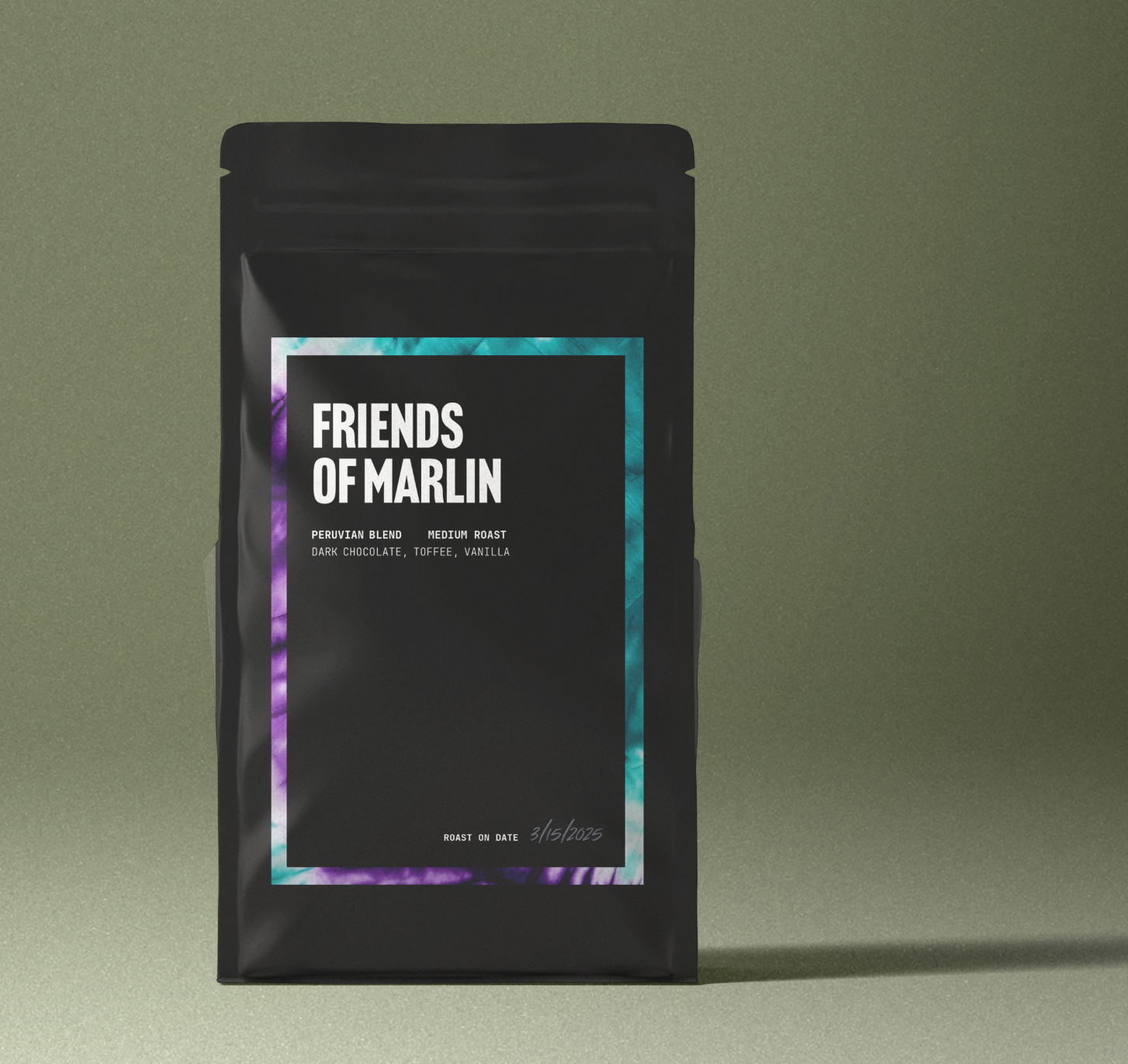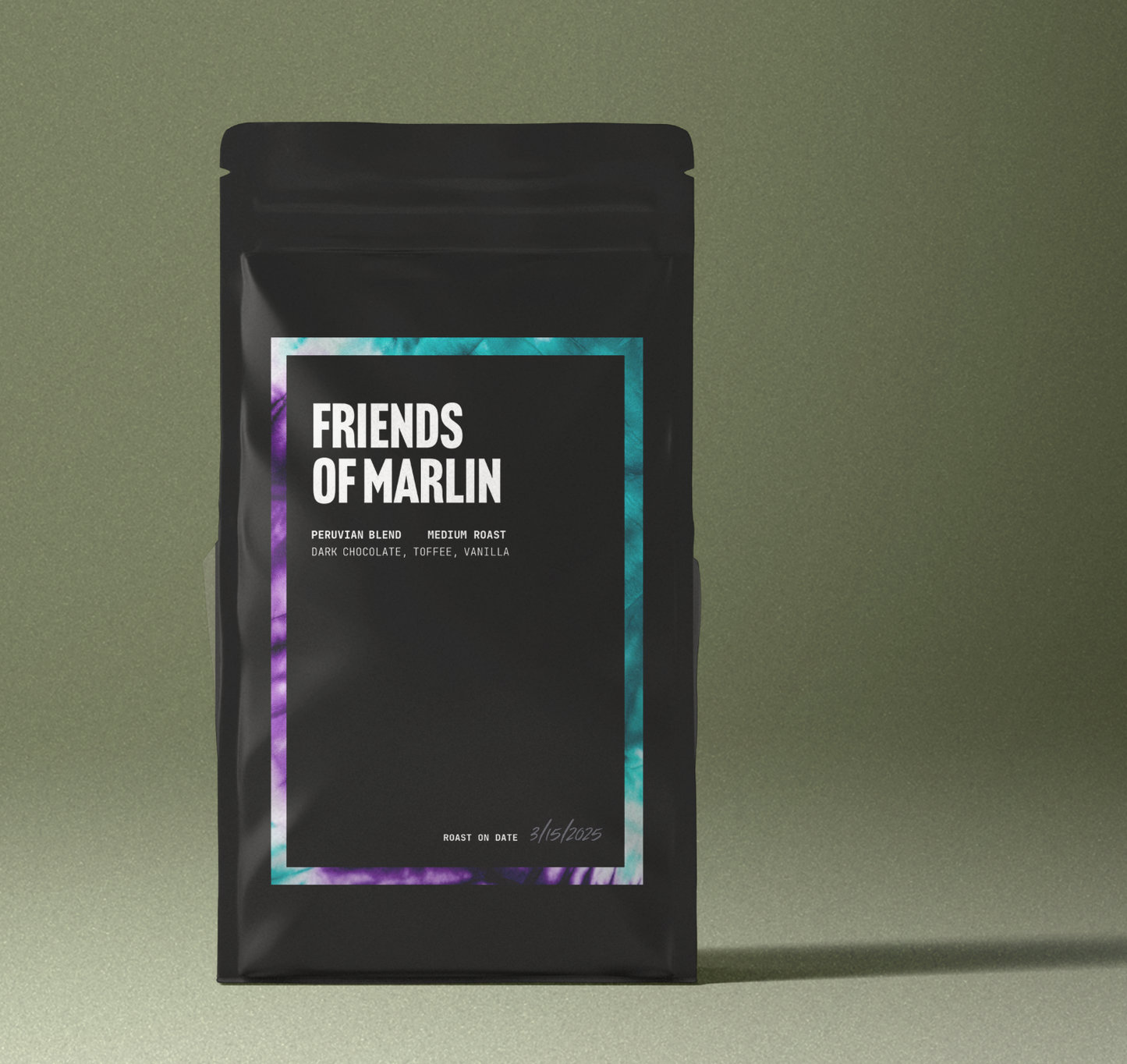
Coffee Culture in Argentina
Share
1. Why Talk About Argentine Coffee at All?
When outsiders picture Argentine beverages, they usually see a gourd of yerba mate passing from hand to hand. Yet walk the streets of Buenos Aires, Córdoba, or Mendoza any morning and you’ll smell espresso drifting from cafés so old they pre‑date the tango, alongside sleek new “third‑wave” bars pouring flat whites into minimalist ceramics. Argentina may sip more mate per capita than anywhere on earth, but coffee is the country’s other social fuel—an anchor for conversation, politics, romance, and, lately, a booming specialty scene.
2. From Sailors to Cafés Notables: A Short History
Early arrivals (18th–19th centuries). Coffee landed with Spanish merchants and quickly found favor among port‑side workers in Buenos Aires. But it was the tidal wave of Italian and Galician immigration between 1880 and 1930 that wired espresso into the national DNA; by 1910, café con leche and cortado were as common as beef.
Golden‑age cafés (1900s–1950s). Marble‑topped counters, wood‑panel walls, and ceiling fans became the stage for bohemian writers and Peronist debates. Many of those institutions—Café Tortoni, Confitería Las Violetas, El Gato Negro—are now protected as bares y cafés notables, a legal heritage category covering more than 70 venues.
Dictatorship and decline (1970s–1990s). Political repression, economic crisis, and television chipped away at café life. Chains like Havanna and Bonafide standardized flavor but couldn’t replicate the community vibe.

3. How the Café Became a Second Living‑Room
Argentines call cafés el segundo hogar—the second home. People linger for hours over a single jarrito (small long‑black) because rent for the chair is included in the price. Classic orders include:
- Café con leche – equal parts espresso and steamed milk, breakfast default.
- Cortado – “cut” with just a dash of milk.
- Lágrima – almost all milk with a “tear” of espresso for the caffeine‑shy.
- Submarino – a baton of dark chocolate melted tableside in scalding milk, technically not coffee but always on the menu.
Each arrives with a glass of fizzy water and, if you’re lucky, a buttery medialuna. The ritual is as codified as British tea service, but far more democratic: students, lawyers, and taxi drivers share the same counters.
4. Mate vs. Coffee: Friendly Rivals
Per capita, Argentines drink about 100 liters of mate a year, dwarfing coffee intake, yet coffee retains symbolic weight in urban life. Mate is communal, mobile, and outdoorsy; coffee is stationary, indoor, and intellectual. Studies on beverage habits show Argentines choose mate “by tradition” and coffee “for work or study focus.”
Caffeine levels run neck‑and‑neck—around 80 mg per typical serving—but mate’s theobromine softens the buzz, while espresso delivers a sharper jolt.
5. The Third‑Wave Boom (2012‑Present)
Around 2012 a handful of baristas who had trained in Melbourne and New York came home and opened micro‑roasteries—Lattente, LAB, Cuervo, Negro, and Coffee Town. They championed:
- Direct‑trade Brazilian and Colombian beans (Argentina grows none at scale).
- Light to medium roasts highlighting acidity over bitterness.
- Manual brews (V60, AeroPress) unheard‑of in traditional cafés.
By late 2023 Buenos Aires boasted more than 300 specialty shops, and the aesthetic—Scandi wood, short names like “Rita” or “Franja,” and latte art on every cup—had spread to Rosario, Bariloche, and Salta.
6. Neighborhood Spotlights
- Palermo Hollywood & Soho – the epicenter; every other block hosts a roastery, coworking café, or brunch lab.
- Microcentro & Monserrat – office workers line up at window bars for flat whites instead of the once‑ubiquitous cortado.
- Villa Crespo – indie roasters share streets with repair shops; the most exciting cuppings happen here after dark.
- San Telmo – cobblestone alleys mix antique cafés notables with hip cold‑brew stalls at the Sunday market.
Outside the capital, Córdoba’s Güemes district and Mendoza’s Arístides street now host brew bars that could pass for Portland or Berlin.
7. Roasting & Supply Chains in a Non‑Producing Country
Argentina imports roughly 90 % of its green coffee—mostly from Brazil, Colombia, and Peru—and roasts domestically. Larger brands (La Morena, Cabrales) run industrial plants in Mar del Plata; specialty outfits use 5–15 kg Probat or Giesen machines tucked behind the bar.
Import bills ride the peso roller‑coaster. Even after President Javier Milei’s shock‑therapy cut annual inflation from ~300 % to ~56 % in March 2025, a flat white in Buenos Aires averages US $3.50—pricier than Bogotá or São Paulo.
Roasters hedge by buying futures in dollars, storing beans in bonded warehouses, or partnering with Brazilian exporters willing to accept pesos.

8. Coffee, Crisis, and Creativity
Sky‑high costs haven’t killed demand; they’ve pushed innovation:
- Smaller cup sizes – cafés now offer a 120 ml mini flat white at a friendlier price point.
- Subscription models – roasters deliver 250 g bags weekly at a locked‑in peso rate.
- Collaborative roasting – multiple baristas share one roaster to spread overhead.
- Alt‑milks – oat and almond milks exploded despite import tariffs, appealing to health‑conscious Porteños.
9. Sustainability & Direct Trade
Argentine importers increasingly negotiate directly with farms in Minas Gerais or Huila, paying premiums for traceability and carbon‑neutral shipping. Cafés display QR codes linking to producer videos—part marketing, part ethics. Some roasters offset emissions via Patagonia’s native‑forest restoration projects, aligning coffee with local environmental narratives.
10. Competitions, Education, and the Barista as Rockstar
The Argentine chapter of the Specialty Coffee Association (SCA) revived the National Barista Championship in 2019 after a seven‑year hiatus. Winners now land sponsorships and guest‑shift tours across Latin America. Training labs like Sensory Lab BA and Instituto Gato Dumas run Q‑grader courses, seeding talent nationwide.
11. Home Brewing: From Cafetera to Chemex
Until recently the moka‑pot (cafetera) dominated home kitchens. Pandemic lockdowns sparked a home‑brewing renaissance: sales of manual grinders and pour‑over kits tripled between 2020 and 2023, according to market trackers. Livestreamed cupping sessions and TikTok tutorials demystified brew ratios, while WhatsApp groups swap grind settings the way football fans trade stats.

12. Regional Variations
- Northwest (Salta & Jujuy). High‑altitude cafés pair espresso with tortillas salteñas and Andean quinoa cookies.
- Cuyo (Mendoza & San Juan). Wine country adopts coffee cuppings that mirror wine tastings—flavor wheels, aroma kits, and pairing flights.
- Patagonia. Bariloche’s chocolate heritage influences mocha culture; beans often roasted with Patagonian pine wood for subtle smokiness.
- Litoral (Rosario). River‑port cosmopolitanism yields café‑bike hybrids serving single‑origin cold brew to joggers along the Paraná.
13. Women, LGBTQ+, and Inclusivity Behind the Bar
Projects like “Baristas en Calma” and “Café sin Prejuicios” mentor women and non‑binary baristas, tackling a macho service culture. Several shops offer pay‑what‑you‑can filter coffee for trans customers, weaving social justice into daily caffeine.
14. Coffee Pairings: Beyond the Medialuna
Classic combos still reign—espresso plus dulce‑de‑leche‑filled croissants—but specialty cafés now plate:
- Alfajores de maicena with natural‑process Ethiopian filter.
- Empanadas de humita (sweet‑corn) with Colombian washed espresso.
- Mendoza 70 % dark chocolate with Bolivian pour‑over.
Culinary schools host pairing dinners where each course is matched to a different brew method.
15. Technology and Digital Ordering
Apps like Pedidos Ya and Rappi integrate “brew‑to‑door” within 15 minutes, while NFC loyalty cards preload 10 cortadosat a pre‑inflation price. Some cafés experiment with blockchain tokens that grant holders free filter refills for life—equal parts marketing stunt and hedge against currency swings.
16. Could Argentina Grow Its Own Coffee?
Climate scientists note that Misiones and northern Corrientes share latitude with Brazil’s Paraná coffee belt. Pilot plots of catuaí and mundo novo cultivars, planted at 400 m altitude, yielded promising results in 2024. If global warming keeps nudging the frost line south, Argentina could someday roast truly local beans—closing the loop between terroir and cup.
17. Looking Ahead: Five Predictions
- Provincial Specialty Surge. Cities like Tucumán and Neuquén will spawn micro‑roasters, decentralizing the scene.
- Mate‑Coffee Hybrids. Expect nitro cold brew infused with yerba mate for a double‑caffeine punch.
- Peso‑Proof Pricing. Subscription and token models will become standard hedges against volatility.
- Carbon‑Neutral Imports. Roasters will ship via sail‑powered cargo projects already linking Colombia and Europe.
- Local Micro‑Farming. Misiones coffee could hit shelves by 2028, marketed as “jungle‑grown Argentine arabica.”
18. Conclusion: Espresso at the End of the World
Argentina’s coffee story is one of resilience and reinvention. From the marble halls of Café Tortoni to the standing‑room bar in Palermo pouring Gesha on Kalita filters, each cup carries layers of immigration, crisis, creativity, and stubborn optimism. Coffee may never unseat yerba mate as the national beverage, but it has become an indispensable thread in the country’s cultural tapestry—binding generations, neighborhoods, and now a new wave of global‑minded baristas who believe the future, like a perfect espresso, should be small, intense, and shared.
So next time you’re in Argentina, follow the aroma down a tiled corridor, order a cortado, and let the conversation—and the country—unfold around you, one sip at a time.

